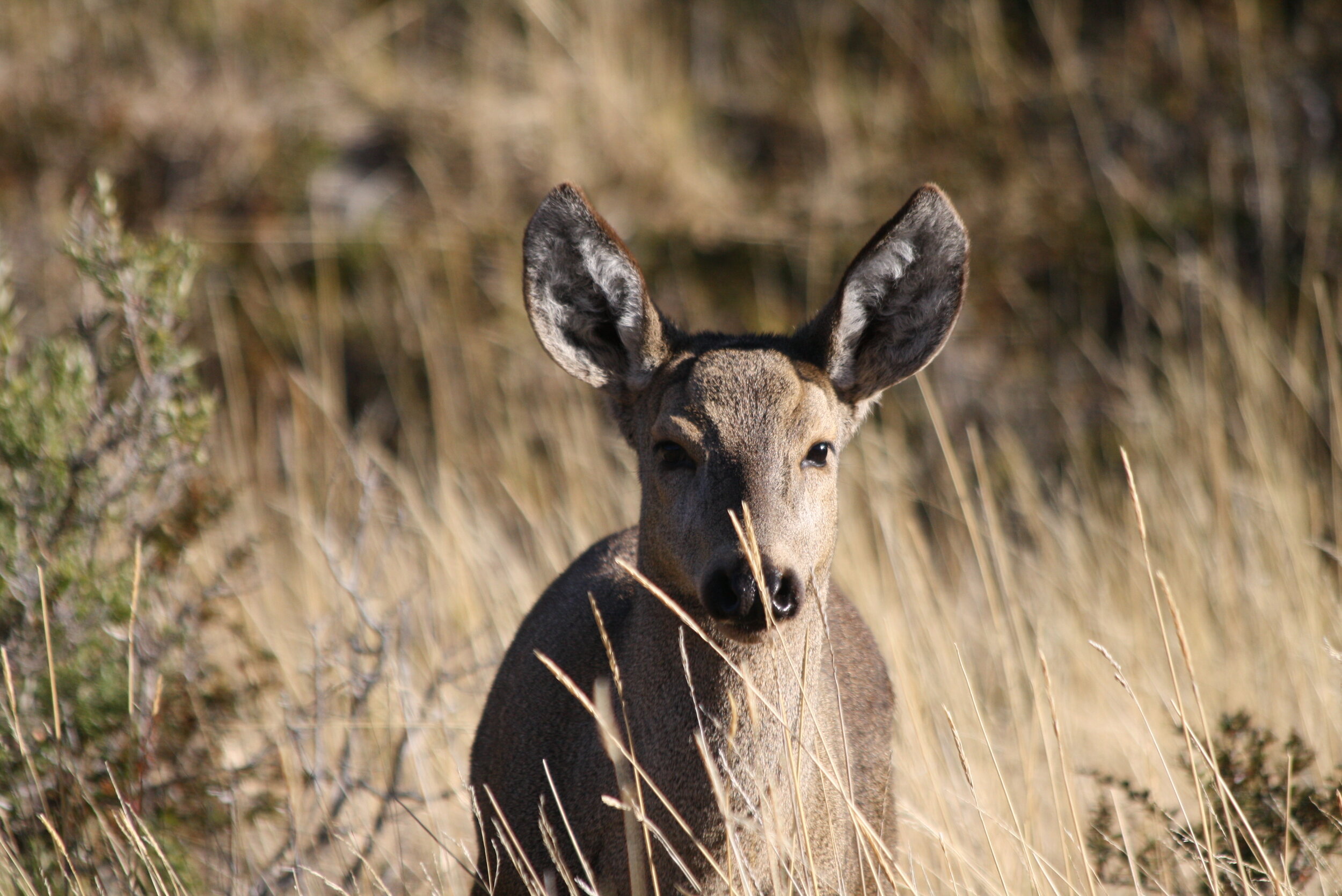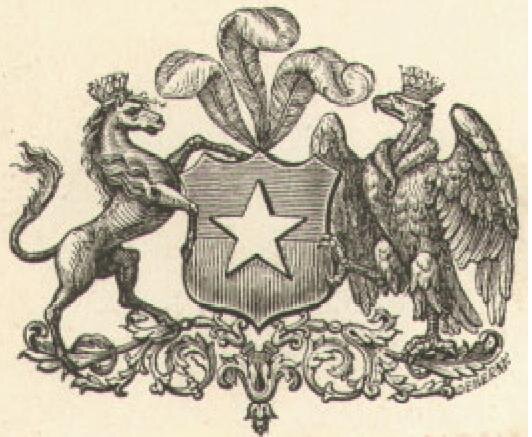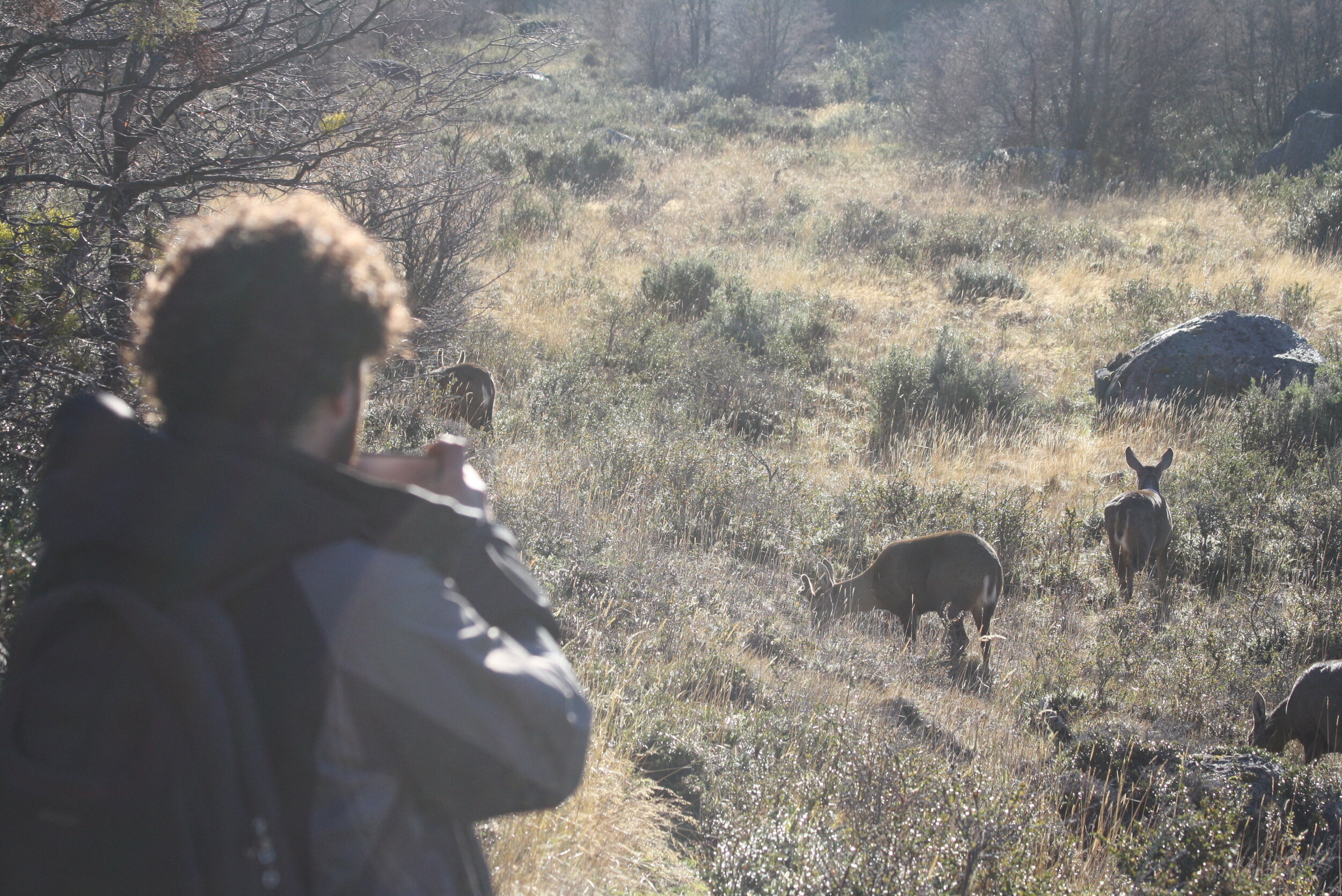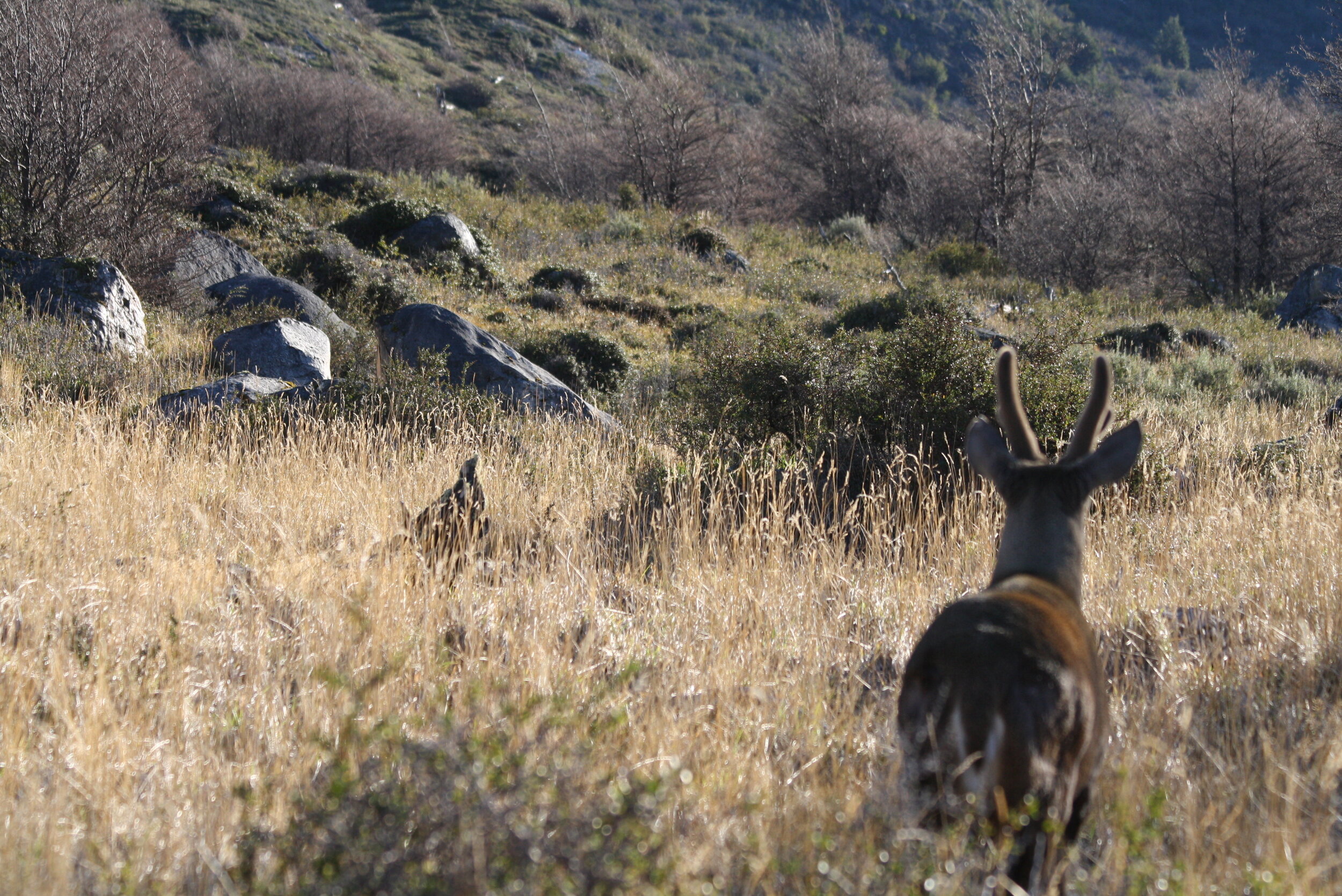The Huemul: Emblematic Species of Magallanes
Chile is lucky to be home to three native deer (Family Cervidae), each calling a specific region of the country home. The taruca (Hippocamelus antisensis) is found in northern Chile, the pudú (Pudu puda) in the south, and the huemul (Hippocamelus bisulcus) is mostly found in the extreme south, or Austral region of Chile. While populations of the huemul and pudú can also be found in the Ñuble, Biobío, and Aysén region, the most abundant and well-conserved huemul populations live in the Magallanes region.
Huemul - (Hippocamelus bisulcus)
We say we are ‘lucky’ to have these species because all of them are at-risk of extinction. The huemul is considered endangered by the Chilean government’s Regulation for Classification of Species (RCE) and by the International Union for the Conservation of Nature’s Red List (IUCN); the taruca is considered endangered by the RCE and vulnerable by the IUCN; and the pudú is classified vulnerable by the RCE and near threatened by the IUCN.
Both of the deer found in the south, the huemul and pudú, are considered endemic species to both Chile & Argentina, meaning they are not found in any other part of the world. In the case of the huemul, it has been bi-nationally recognized that no more than 1,500 individuals remain, an alarming number considering that species like the giant panda in China, a more well-known and thus more valued species in the conservation world, have larger remaining populations than the huemul.
The elegance and good-nature of the huemul led this emblematic species to position itself alongside the majestic condor on Chile’s coat of arms in 1834 - although, as represented in the photo here, confusion surrounding the specie’s origin led it to be represented more as a horse than a deer.
As documented by Claudio Gay and other natural historians, the huemul’s scientific name prior to becoming correctly classified was presented as Equus bisulcus. This representation led to the huemul’s robust appearance, short legs, sweet eyes and abundant fur going unnoticed by many until its correct identification and classification.
In Magallanes, significant huemul populations have found refuge in the National System of Protected Areas (SNASPE) of Chile’s National Forestry Corporation (CONAF) in places like Bernardo O’Higgins National Park, Torres del Paine National Park, and Kawésqar National Park. Recently, a few huemuls were found in the surrounding area of Punta Arenas and relocated to Laguna Parrillar National Reserve, where we hope they will find improved conservation, refuge, and protection.
But why does the huemul require refuge and protection? There are various reasons. Since the start of the 20th century, huemul habitats have dramatically transformed. In Magallanes the huemul is often found habitating periglacial scrubland where, due the accelerating nature of climate change, ecosystems have been rapidly receding. This has resulted in a habitat reduction that has been further compounded by anthropic pressures and other human generated activities.
When Europeans started immigrating to Magallanes, a vast swath of the region became used for raising livestock. The introduction of these animals inevitably increased competition for space & food, but also introduced a greater risk of disease transmission to huemuls. In an extensive study carried out in Bernardo O’Higgins National Park, 24 observed huemuls were infected with a foot disease, caused by bovine, that ultimately resulted in a mortality rate of around 40%. Moreover, livestock raising has resulted in a modification of habitats, such as the introduction of vegetation used for foraging where native herbivores have traditionally fed on native flora.
On the other hand, the growth of urban areas and construction have further compounded habitat fragmentation. Road construction in particular - which certainly benefits commerce, tourism, and provides better access for local communities - has also been carried out (in many cases) without adequate environmental considerations on how construction may impact local fauna. In the Aysén region, this has been particularly evident in Cerro Castillo National Park, whose road has resulted in the death of huemuls due to collisions with automobiles. In urban areas near huemul populations, the presence of domestic and feral dogs have resulted in pressure and attacks on the huemul.
Poorly managed tourism can also exacerbate negative impacts on the huemul in protected areas, especially when poor observation practices lead to visitors failing to respect space and distance between themselves and this endangered species. Visitors to these protected areas should consider that the accidental transmission of one disease, whether known or unknown, could prove fatal to the few remaining huemuls on earth.
The endangered huemul is an important, culturally significant, and nationally emblematic species to Chile - especially in the most southern region of Chile. It is the responsibility of us all to take care of and protect the huemul, a complex effort that we can accomplish by:
Valuing the conservations of huemul habitats and learning;
Protecting native flora species that provide daily nourishment to the huemul;
Preventing, at all costs, the transmission of diseases;
Prevent harassment towards huemuls caused by humans and dogs;
Prevent habitat destruction, particularly forest fires in protected areas;
Most importantly, we can better conserve the huemul by improving education and building awareness about this special species, its ecosystems, and threats to its survival. Together, we can protect and conserve the huemul for future generations in Magallanes not just because it is an emblematic animal, but because it is a life that deserves the same respect and care as all other species on this planet.
With this objective in mind, the Torres del Paine Legacy Fund has worked intensely in the last few months to fundraise for a multi-faceted project that will generate concrete actions for the long-term conservation of the huemul. In conjunction with CONAF, the tourism industry, and local communities, we will be working towards its conservation in the coming months. As we await news from potential partners, we look forward to sharing our progress with you!
Family of huemuls in Torres del Paine National Park
It is OUR responsibility to conserve the huemul.





